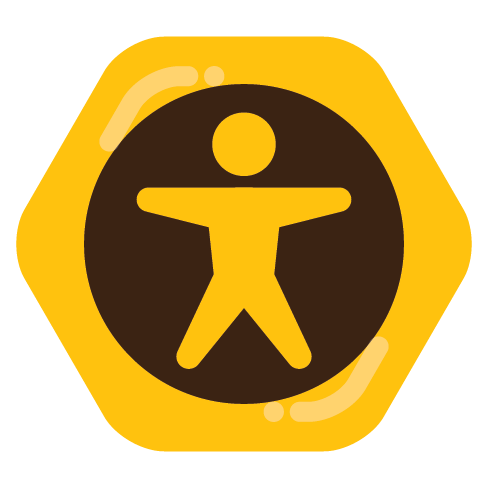Recently there was a thread in the IAAP discussion board about “dyslexia simulators,” software that is meant to simulate the experience to people who do not have dyslexia. The simulators work by taking text on a web page and randomly switching letters around.
- Here is an example at Harvard’s Teaching and Learning Lab.
- You can also go to the Google Web Store and get a Chrome extension that will do the simulation on any web page.
In the discussion thread, there was a dissenting voice who shared an article by Carolyn D. Cowen, who objects to the use of these simulators.
To quote Cowen:
As a person with dyslexia, as someone with dyslexia running throughout generations of both branches of my family, and, finally, as an educator who has taught countless children and adults with dyslexia over the decades, I feel pretty confident saying that this simulation is NOTHING like what it is like for most people who have dyslexia.
The simulation is a devilishly clever coding trick and well intentioned, but contrary to the dramatic headlines, it does little to deepen anyone’s understanding about what having dyslexia is really like.
…
the simulation’s likely take-away for the casual viewer with little or no knowledge of dyslexia is that this problem primarily is in the visual domain. From there, it is a short hop to assume that the solutions lie in the same domain.
…
And those notions can lure families into time- and resource-wasting wild-goose chases pursuing costly, ineffective interventions.
If you have dyslexia, would you be interested in commenting on these ideas?
- Do you think dyslexia simulations are dubious?
- Do you have a preferred way of describing your experience?

